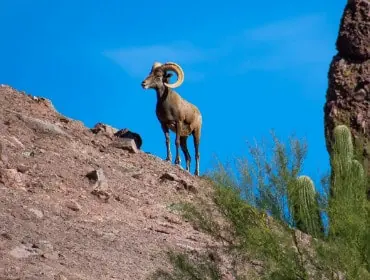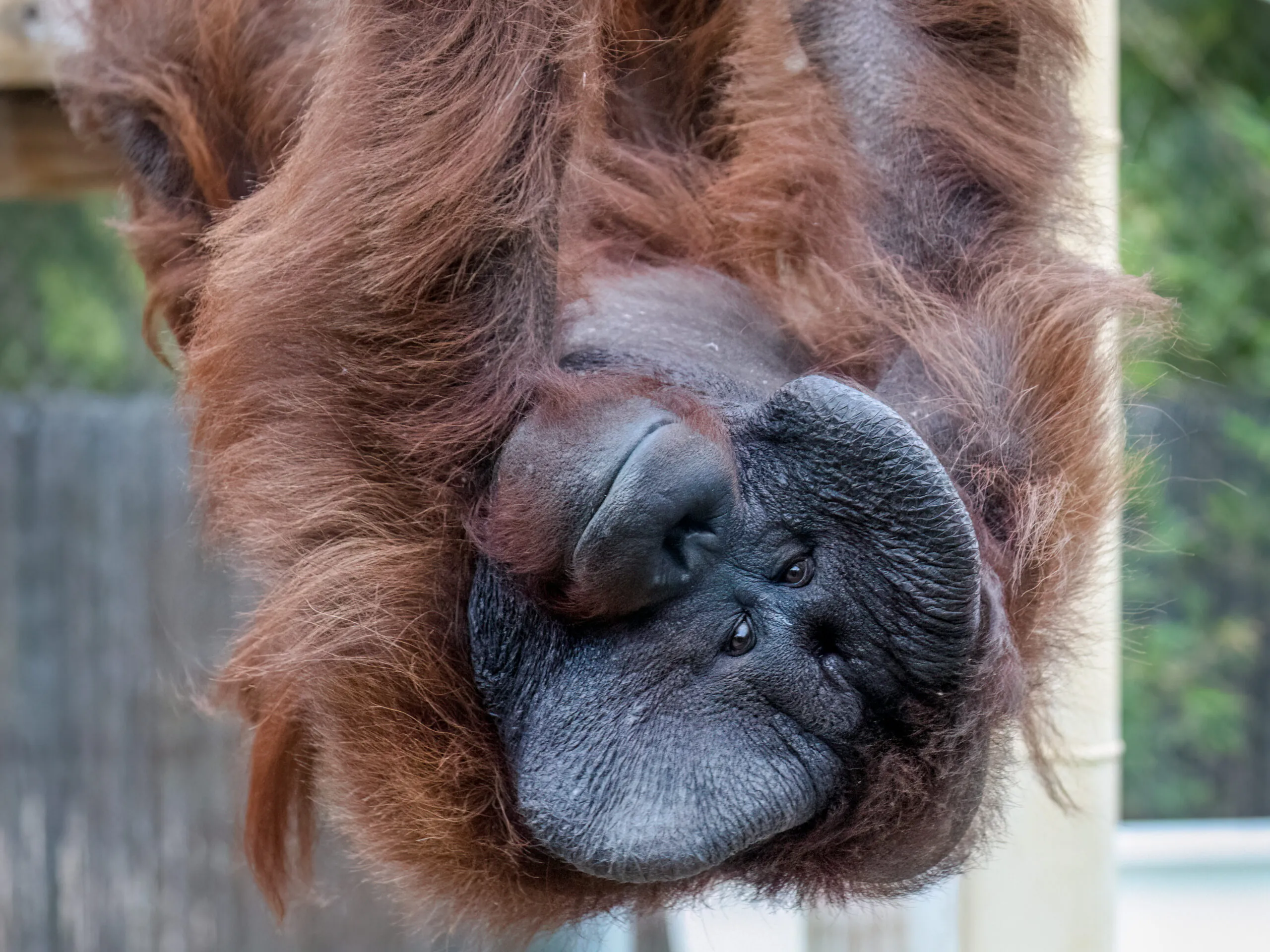Behavioral Enrichment
what is behavioral enrichment?
Behavioral enrichment is the environmental enhancement of the lives of animals in a managed setting by providing them with mental and physical stimulation to increase natural and healthy behavior.
In other words; adding a little creativity, fun and stimulation to our animals’ lives!
Behavioral enrichment should be random, interesting and novel. The goals of enrichment are to offer a sense of control by allowing animals to make choices and to stimulate species-appropriate behaviors while interpreting these behaviors to our guests.
examples
girl power!
Caipora is female powerhouse!
She’s showing off her strength hoisting a blue barrel up to her perch.
Jaguars, like Caipora, are great climbers. Although they mostly hunt on the ground, jaguars are known to climb trees to ambush their prey!
anteater bubble bath
Meet Beaker.
Beaker is a giant anteater.
This is Beaker taking a relaxing bubble bath. The bubbles used were Johnson’s “No More Tears” Baby Shampoo which is completely safe for animals. And while the bath is certainly relaxing, the bubbles also offer key behavioral enrichment components for Beaker in the form of new textures and smells. Beaker usually takes a cooling dip in his pool each afternoon for about a minute or so. But he loved the bubbles so much he stayed in the bath for over 10 minutes!
keeping animals cool
The Phoenix Zoo takes the summer heat very seriously – especially when it comes to the care and comfort of the animals who call the Zoo home. Each one of our habitats uses trees, bushes, logs and other shade structures to give animals the option for relief. However, beyond the natural acclimation by most of our animals, we have implemented several other methods to give our animals respite from the sun. Pools are located in the habitats of our lions, tigers, elephants, Andean bear and rhinoceros. Many animals occasionally receive tasty ice treats such as bloodsicles, fishsicles or frozen food. Misters are used at Monkey Village and at our elephant habitat. Some animals, like those on the Savanna, receive a sprinkler or garden hose shower to keep cool. Mud wallows have been built for multiple species such as tortoises and warty pigs. Cooling rocks/slabs where cold water is piped underneath help keep hyenas and tigers comfortable. The orangutans even have air-conditioned day rooms they can choose to spend time in.
how you can help

Amazon wish list
Many Zoo departments have a Wish List of items that they need to better meet the needs of our animals and guests. You can donate items directly from our Wish List or you can contact the Development department at 602.286.3830 or nwilson@phoenixzoo.org to make a monetary donation for us to make the purchases. All donations are tax deductible as permitted by the law.
that's zoo we are
The Phoenix Zoo is one of the largest non-profit zoos in the U.S., caring for over 3,000 animals, with nearly 400 species represented, including many threatened/endangered species.







